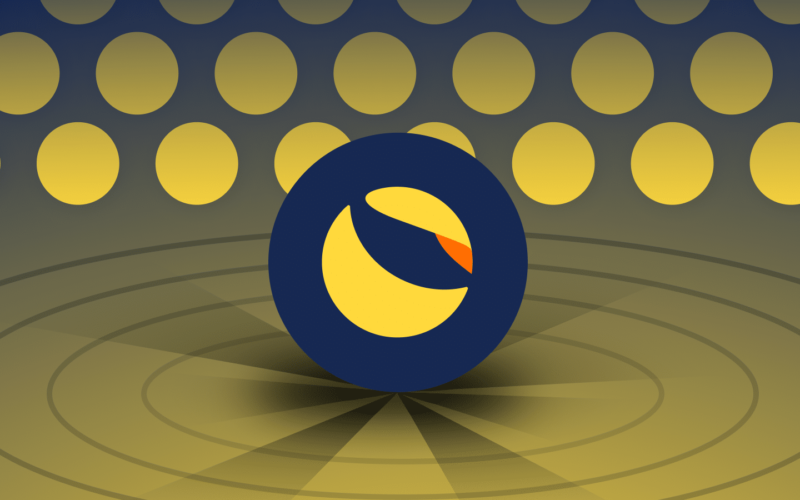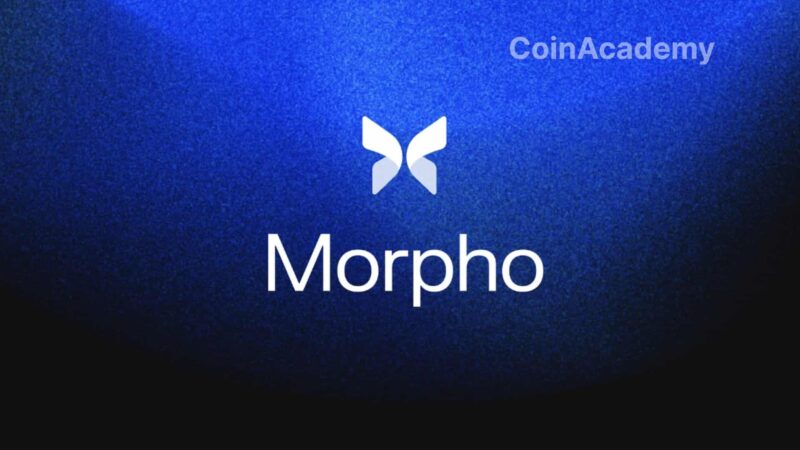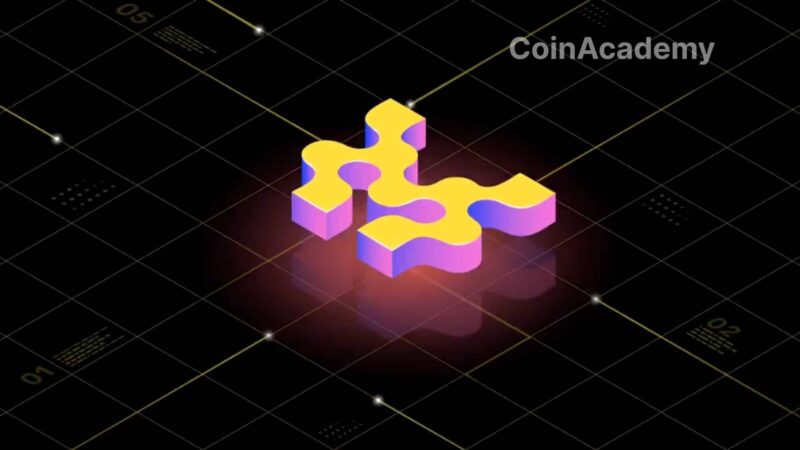The fundraise, one of the largest in the history of the crypto industry, was led by Jump Crypto and Three Arrows Capital, with participation from Republic Capital, GSR, Tribe Capital, DeFiance Capital and other anonymous investors.
LFG, is a Singapore-based nonprofit organization established in January to help grow the Terra ecosystem.
The proceeds from the $1 billion sale will be used to establish a reserve for UST, Terra’s largest stablecoin.
UST is a so-called algorithmic stablecoin that has quickly become one of the most popular in DeFi ecosystems. Priced at the U.S. dollar, it currently has a market capitalization of more than $12 billion, a figure that has more than tripled since November of last year.
LFG said the reserve created by the $1 billion capital injection will effectively act as a “release valve” for UST buybacks. It is designed to ensure that the stablecoin price remains correlated with the dollar during sharp drops in the crypto markets.
What is the UST Reserve
Unlike longer-established stablecoins, such as those issued by Tether and Circle, algorithmic alternatives do not use collateral to maintain their price.
Instead, stablecoins like UST operate using smart contracts that manage supply and demand in a decentralized manner.
“When demand for Terra is high and supply is limited, the price of Terra increases. When the demand for Terra is low and the supply is too high, the price of Terra decreases. The protocol ensures that the supply and demand of Terra are always balanced, which leads to a stable price.”
explanation of how the mechanism works, from the Terra website
Users can mint (create) new stable currencies based on Terra – of which UST is the most important – by burning LUNA tokens, and similarly, they can burn UST to mint LUNA. The protocol encourages them to burn and mint so that a LUNA dollar can always be exchanged for a UST dollar, and vice versa.
The reserve was introduced, however, to intervene if a collapse in the crypto-currency market erodes these incentives.
The reserve will initially be denominated in bitcoin, which LFG says is less correlated with the Terra ecosystem. The plan is to stockpile the reserve with other uncorrelated assets over time, though it is not yet clear which assets will be used.
The LUNA purchased by Jump and other investors in the $1 billion sale will be locked in over a four-year vesting period, according to the LFG announcement.




